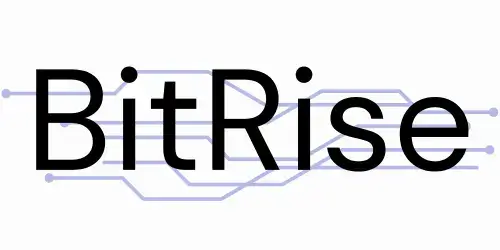The development of large language models (LLMs) in artificial intelligence, such as OpenAI’s GPT series, marks a transformative era, bringing profound implications to various fields. These sophisticated models have become cornerstones for creating text outputs with rich and coherent content, facilitating applications from automated content creation to differentiated customer service interactions. However, when integrated with external tools, their capabilities extend beyond text generation.
Despite the exciting prospects, integrating LLMs with external tools reveals a key challenge: the accuracy with which these models use tools still needs to be improved. This gap is important. In order for LLMs to truly expand their utility and application, they must have access to a variety of tools and use them with high precision. Current statistics, including those from pioneering models such as GPT-4, show a substandard tool usage correctness rate, highlighting the need for improved methodologies in tool-augmented LLM applications.
Studies have previously focused on expanding the toolset available for LLMs and simplifying the integration of new tools. But they barely scratch the surface of the underlying issue: the accuracy of using the tool. This aspect is critical. As LLMs attempt to perform tasks with tangible impacts, the stakes of accurate tool use escalate, especially in scenarios where incorrect actions could lead to adverse outcomes. The search for a solution brings us to an innovative approach inspired by nature’s learning mechanisms.
Researchers from Ohio State University and Microsoft Semantic Machines introduced trial-and-error (STE) simulation, a method inspired by the cognitive learning processes observed in humans and other intelligent organisms. This innovative approach seeks to improve LLMs’ mastery of tools through a process reminiscent of human learning, combining the elements of imagination, trial and error, and memory. LLMs can use tools iteratively, learning from the feedback of each interaction to refine their approach and significantly improve accuracy. This method incorporates a shift from a static understanding of tool function to a dynamic, interactive learning model that reflects biological processes.
At the heart of STE is a dual memory system consisting of short- and long-term components designed to enhance the exploratory capabilities of LLMs. Short-term memory focuses on the immediate past, allowing LLMs to learn from recent trials and refine their tool use strategies accordingly. In contrast, the long-term memory component builds a reservoir of past experiences, guiding LLMs on their long-term learning trajectory and enabling them to draw knowledge for future interactions. This sophisticated memory framework underpins the STE method, fostering more nuanced and efficient use of LLM tools.
The effectiveness of STE has been rigorously tested on the ToolBench platform, revealing significant improvements in tool usage accuracy among LLMs. STE-augmented models outperformed traditional benchmarks, including GPT-4, but demonstrated superior performance in both in-context and detail learning scenarios. These findings highlight the transformative potential of STE in enhancing the operational effectiveness of tool-augmented LLMs, prompting them to more reliably and effectively use tools in practical applications.
In conclusion, the integration of LLMs with external tools, powered by the innovative STE method, heralds a new chapter in artificial intelligence. This approach not only fixes the pressing issue of tool usage accuracy, but also paves the way for wider and more effective applications of LLMs in various fields. With its biologically inspired learning mechanisms, the STE method helps the development of LLM.
check it Paper. All credit for this research goes to the researchers of this project. Also, don’t forget to follow us Twitter and Google news. Participation Our 38k+ ML SubReddit, 41k+ Facebook Community, Discord Channeland LinkedIn Groops.
If you like our work, you will love our work newsletter..
Don’t forget to join us Telegram channel
You might also like ours FREE AI Courses….
![]()
Nikhil is a practicing consultant at Marktechpost. He is pursuing a comprehensive dual degree in Materials at the Indian Institute of Technology, Kharagpur. Nikhil is an AI/ML enthusiast who is always researching applications in areas such as biomaterials and biomedical science. With a strong background in Materials Science, he explores new developments and creates opportunities to contribute.





0 Comments